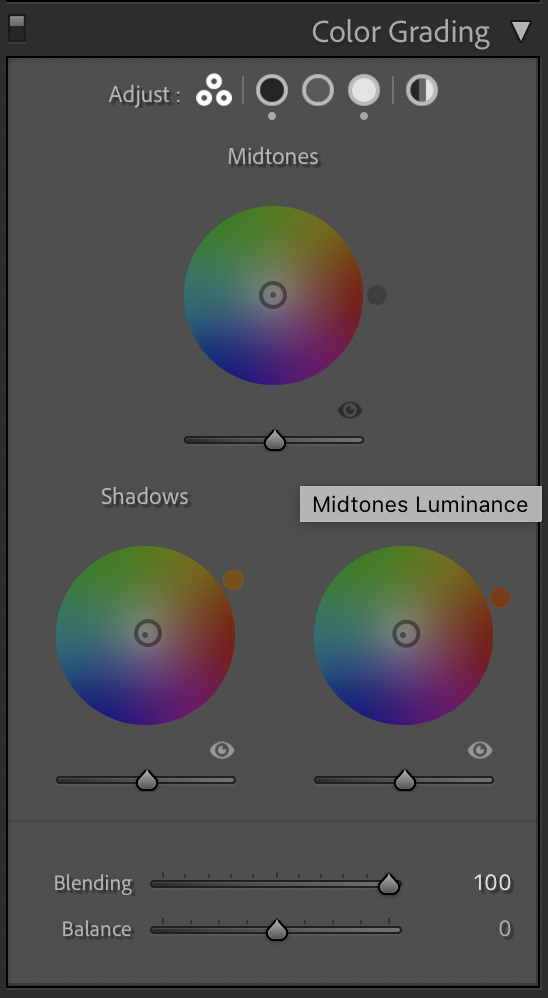VIEW OUR SERVICES
For those looking to build a cohesive and consistent brand presence.
BRAND DEVELOPMENT
type below and hit enter
Search the blog
BUSINESS
photography
BRANDING
Browse by topic
I'm Ali Rae and I love building brands.
So let's build that business one blog post at a time.
Read more about me
FANCY SEEIN' YOU HERE!
PERSONAL
let's whip that brand into shape
BRAND AUDIT
CHECKLIST
FREEBIE ALERT
Do You Even Split Tone?
February 9, 2021
Split toning and color grading are two terms that can typically be used interchangeably. Split toning is changing the tones of the highlights and shadows, whereas color grading adds an additional area where the tones can be changed–midtones.
This can be an extremely powerful tool in post-processing, particularly when you are in difficult lighting scenarios. It is used to control the tones of the highlights and shadows. For my editing style, a little lighter and airier, with a pop of contrast and vibrancy, I find the highlights have the strongest effect on my images.
This is the “Color Grading” section of Lightroom, which is what it is called in the most recent version of Lightroom.

Once you click on an individual “section” (highlights, shadows, or midtones), you are able to determine the tone and the intensity (or vibrance) of the tone.
Now…you may wonder why this is important or why it could be so powerful. The most common scenario during which I use split toning is when I am shooting in overcast situations or if I am in a really cool shadow. Sometimes the skin tones can pull blue tones from the sky and the surrounding shadows. By using the highlights/shadows portion of the color grading panel, you can warm up those skin tones without warming up the entire image by giving them a more magenta tone at about 4-10% intensity.
The other scenario when I use split toning/color grading is under certain types of reception lighting. I am able to cool down some of the surroundings when the reception lighting is super warm/yellow. When this happens, I use split toning to correct white balance that isn’t fixed in camera.
This is especially helpful if you do not shoot in Kelvin and fix the white balance in camera as you are shooting.
If you have any additional questions about using the split toning/color grading feature in Lightroom, please leave your questions below!
Let's talk business.
@aliraehaney
find me on
LET'S WORK TOGETHER
DIY BRAND AUDIT FREEBIE
I do brand case studies...for fun.
Creating Cohesive Brand Identities for Small Businesses
BRAND DEVELOPER
View website terms
View privacy policy
© 2023 ali rae haney productions, llc. all rights reserved. privacy policy. site by Ali Rae Haney + Showit
schedule consult
Ready to build your brand?